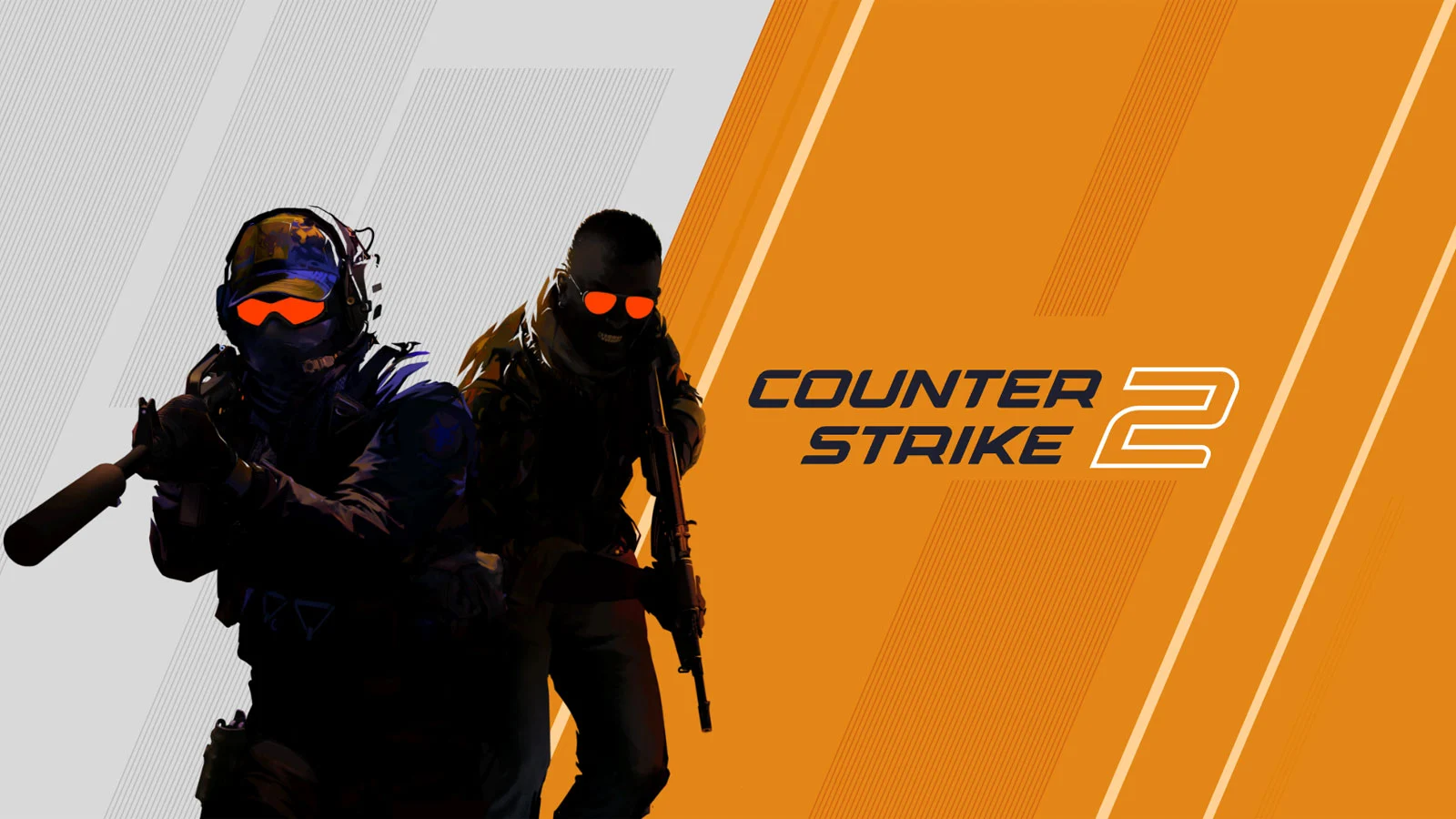
Fake Steam Pop-Up Targeting and Stealing CS2 Accounts!
Gamers beware – a new scam targeting CS2 players is on the rise, with fake Steam pop-ups attempting to steal login credentials.
A new and alarming scam has emerged, preying on Counter-Strike 2 (CS2) players. Cybercriminals are using fake Steam pop-up notifications to trick gamers into handing over their login credentials, leading to stolen accounts and lost assets. This scam is rapidly gaining traction, and players need to be vigilant to avoid falling victim.
How the Scam Works
The scam begins when players receive a seemingly legitimate Steam pop-up message while playing CS2. The pop-up may appear to be a notification from Steam itself, prompting users to log in or verify their account for “security purposes.” These messages often look authentic, mimicking the design and language used by Steam.

Once players enter their account details – including username, password, and sometimes even two-factor authentication codes – the scammers capture these credentials, granting them access to the victim’s Steam account. In many cases, stolen accounts are then used to sell CS2 skins, in-game items, or even to hijack the account for illicit activities.

Why CS2 Accounts Are a Target
Counter-Strike 2 has become one of the most popular competitive shooters, with a massive community and a thriving economy for skins and in-game items. Because of this, CS2 accounts have become prime targets for cybercriminals looking to exploit valuable virtual goods. The high demand for rare skins and other collectibles makes these accounts particularly appealing to scammers.
Signs You Are Being Targeted
- Suspicious Pop-Ups: Be wary of any pop-up asking for your Steam credentials, especially while playing CS2. Official Steam notifications do not ask for login information outside of the Steam client.
- Unusual Links: If the pop-up directs you to a website that doesn’t look like the official Steam login page (or uses an incorrect URL), it’s a scam.
- Urgent Language: Scammers often use scare tactics, telling you that your account is in danger or needs immediate action. Legitimate Steam notifications do not employ such aggressive language.

How to Protect Yourself
- Enable Steam Guard: Make sure you have Steam Guard enabled, which adds an extra layer of security to your account by requiring a code sent to your email or phone.
- Always Verify the URL: Double-check any link or pop-up asking for login details. If it’s not from the official steamcommunity.com domain, do not enter your information.
- Avoid Third-Party Software: Never enter your Steam credentials on third-party websites or programs, even if they claim to be associated with Steam.
- Use a Password Manager: A reliable password manager can help you spot fake login pages and prevent you from accidentally submitting your credentials to malicious sites.
- Report Suspicious Activity: If you encounter a fake pop-up or suspicious behavior, report it to Steam Support immediately. The quicker you alert them, the better.
What to Do If You’ve Fallen Victim
If you have already entered your Steam login details into a fake pop-up, act quickly:
- Change Your Steam Password: Immediately change your password to something strong and unique. Make sure to use a password you haven’t used anywhere else.
- Contact Steam Support: Report the incident to Steam Support and provide them with as much information as possible. They may be able to help recover your account and prevent further damage.
- Review Account Activity: Check your Steam account for any unusual activity, including changes to your inventory, trades, or purchases. If something looks off, inform Steam Support.

Conclusion
The rise of fake Steam pop-up scams targeting CS2 players is a serious threat that all gamers need to be aware of. As Counter-Strike 2 continues to grow in popularity, scammers are becoming more sophisticated in their methods. By staying vigilant, enabling security features like Steam Guard, and being cautious of unsolicited login requests, you can protect your account and in-game assets from these malicious threats.

Share this content:











Post Comment